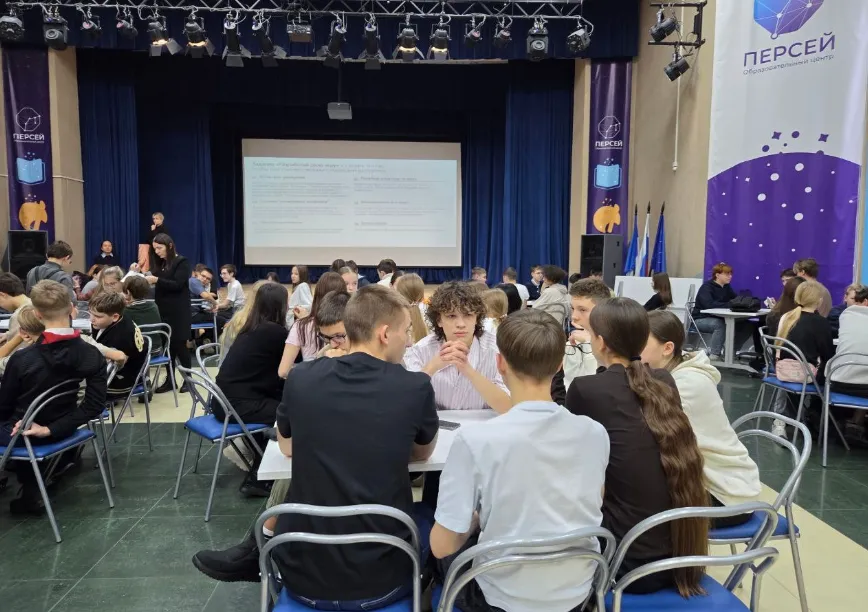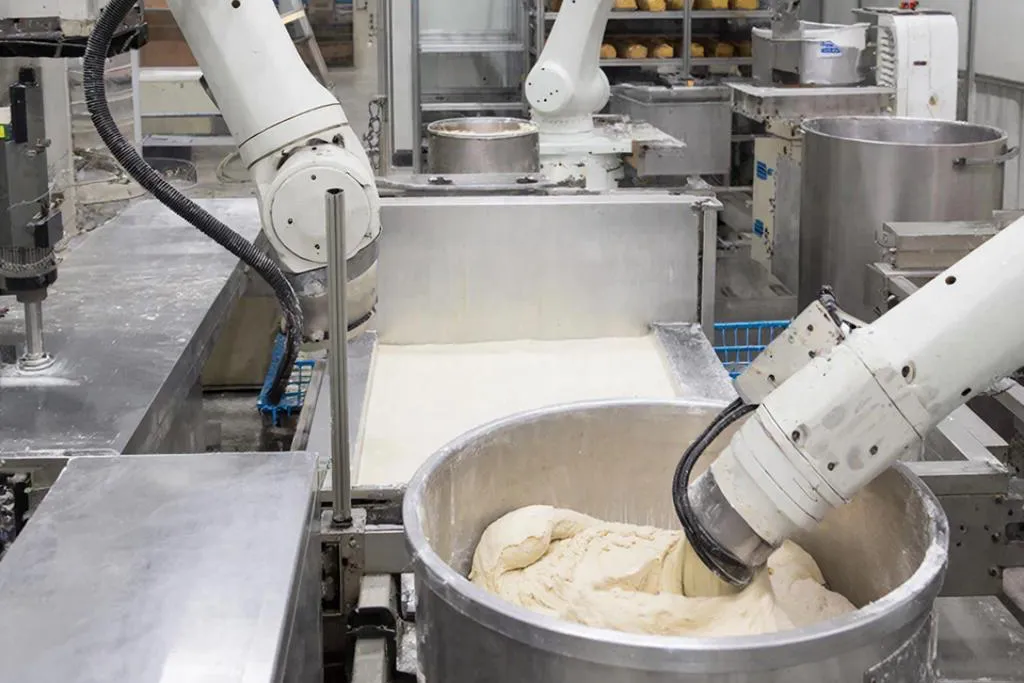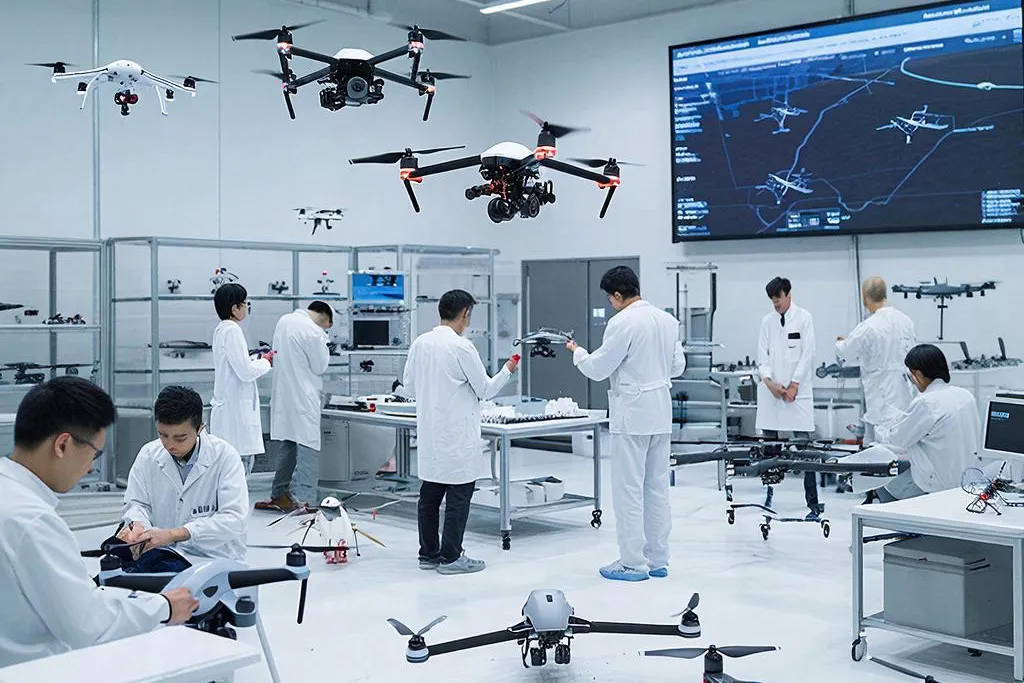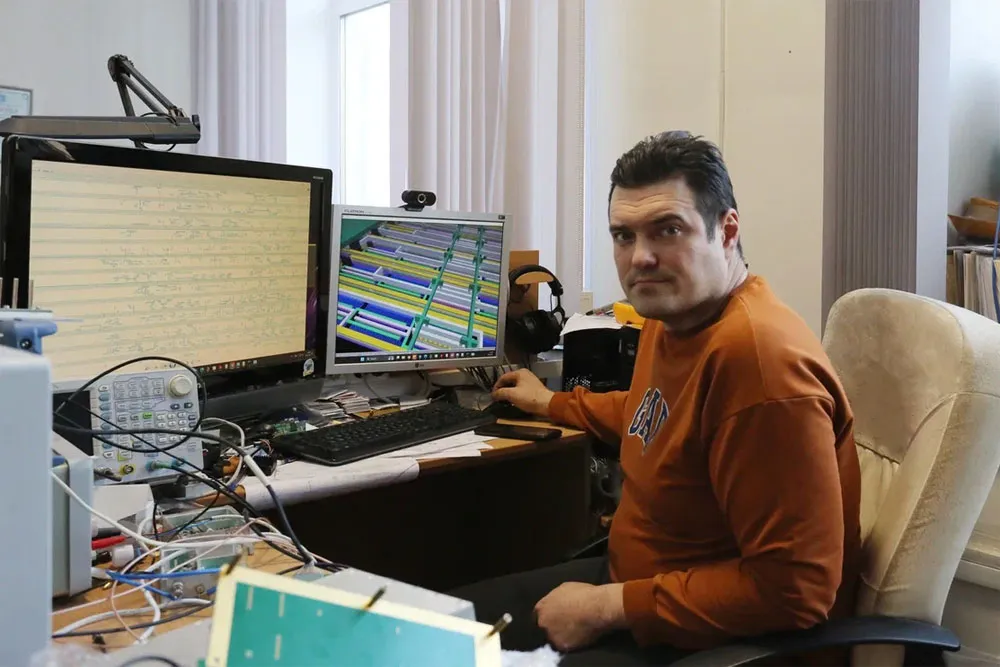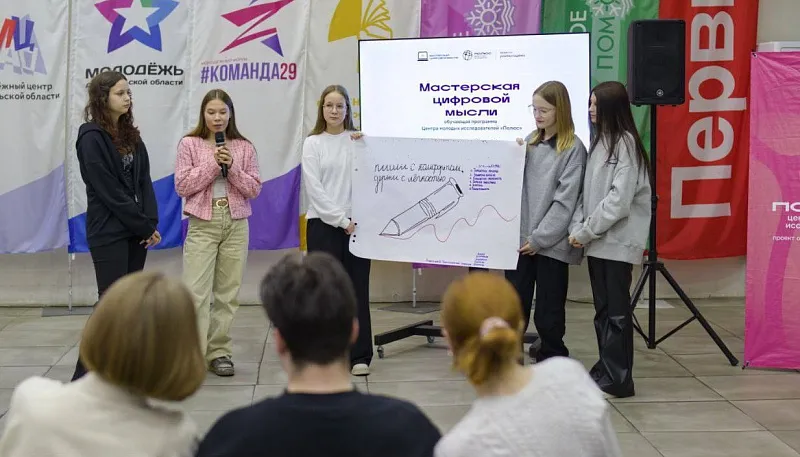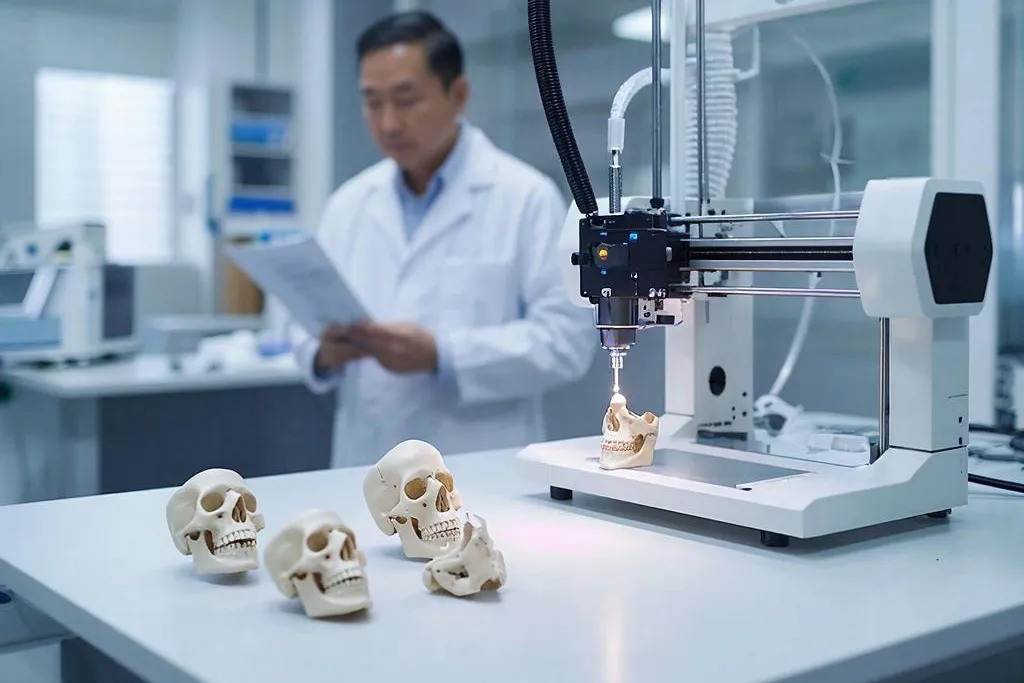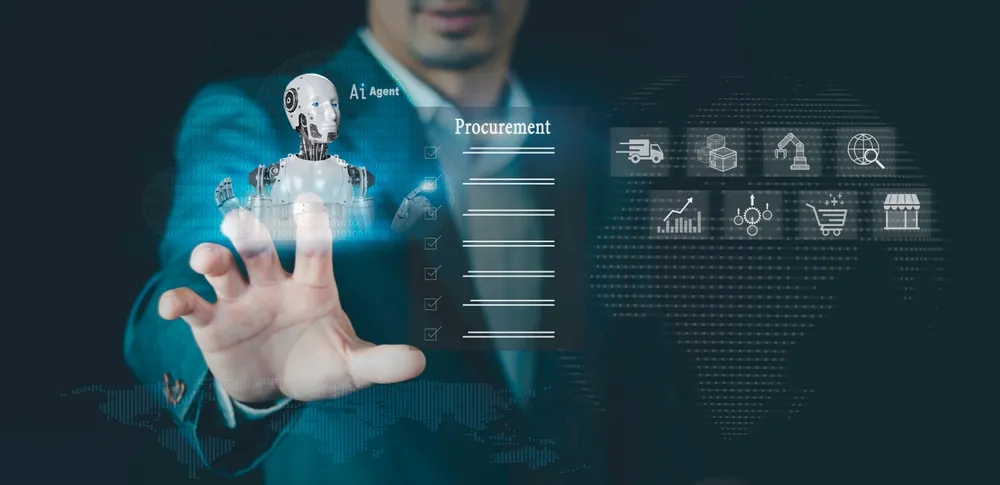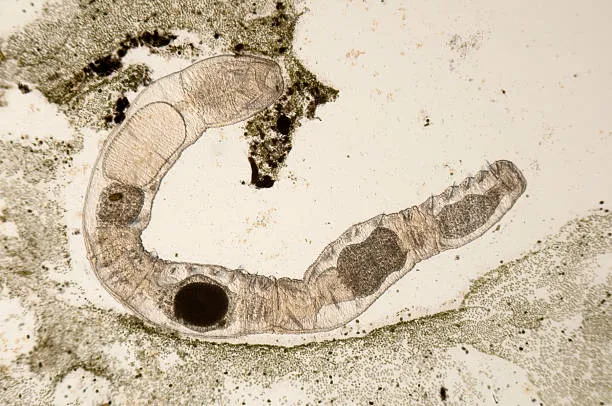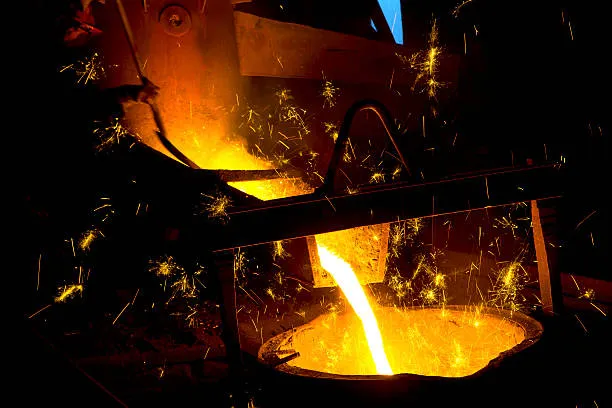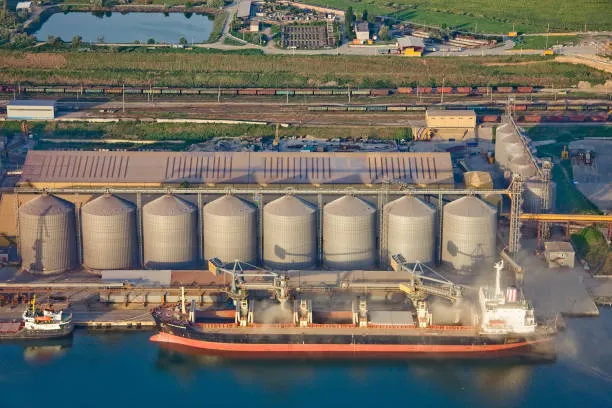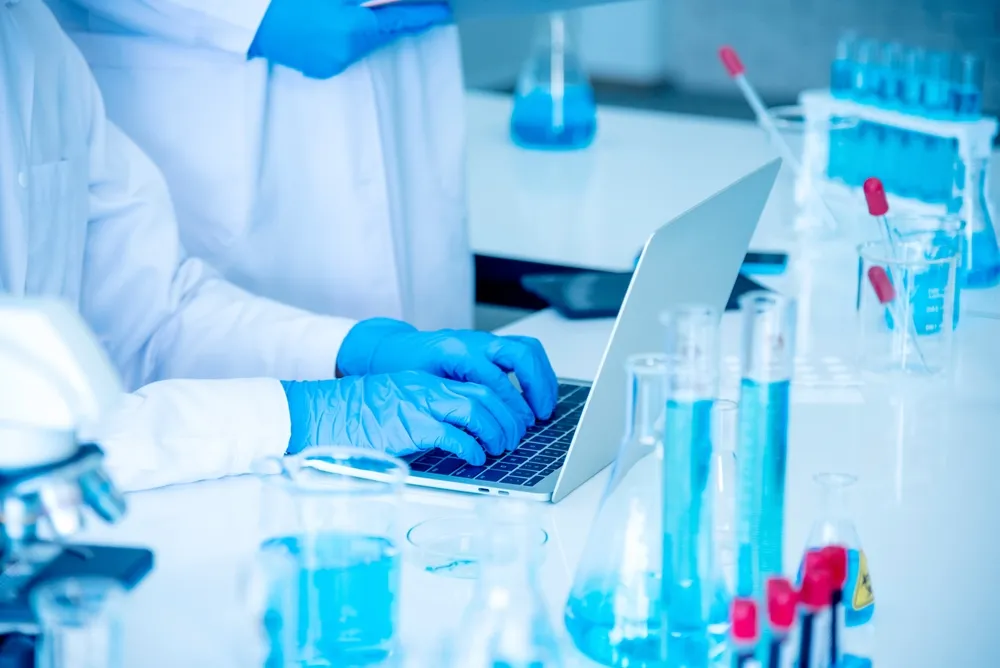Russian Scientists Boost Microalgae Production Speed by 60 Times

Researchers in St. Petersburg have developed a computer vision method that counts microalgae cells in just 30 seconds, promising faster advances in food tech, cosmetics, and environmental science.
In Russia, scientists at the National Research University of Information Technologies, Mechanics and Optics (ITMO) have unveiled an innovative system for automatically counting microalgae cells using classical computer vision algorithms. The technology reduces analysis time from 30 minutes to half a minute, streamlining workflows in the food industry, cosmetology, and environmental monitoring, according to TASS.
Traditionally, cell concentration is determined manually with a Goryaev counting chamber—a labor-intensive process that can take up to half an hour per sample. The new algorithm, created by ITMO graduate students, bypasses the need for neural network training or expensive equipment, making it easier and more cost-effective to deploy.
Microalgae are considered a promising resource for sustainable manufacturing, but their cultivation requires continuous monitoring. Automating cell counting enables faster optimization of growth conditions, reduces lab costs, and increases biotech production efficiency. Tasks that once took lab technicians hours can now be handled by a computer in seconds.
The project was carried out jointly by ITMO’s Faculties of Ecotechnology and Artificial Intelligence, highlighting the potential of interdisciplinary research in Russian science. Industry adoption could strengthen Russia’s position in the global biotechnology market.








